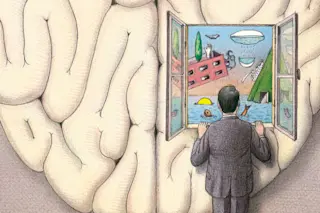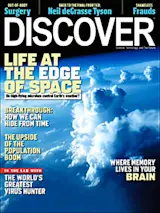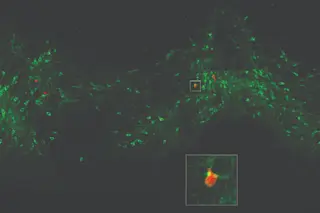Marilyn Monroe and Jane Russell appeared outside Grauman’s Chinese Theatre to write their names and leave imprints of their hands and high heels in the wet concrete. Down on their knees, supported by a velvet-covered pillow for their elbows, they wrote “Gentlemen Prefer Blondes” in looping script, followed by their signatures and the date, 6-26-53. But how did those watching the events of that day manage to imprint a memory trace of it, etching the details with neurons and synapses in the soft cement of the brain? Where and how are those memories written, and what is the molecular alphabet that spells out the rich recollections of color, smell, and sound?
After more than a century of searching, an answer was recently found, strangely enough, just eight miles from Grauman’s. Although not located on any tourist map, the scene of the discovery can be reached easily from Hollywood Boulevard by ...















